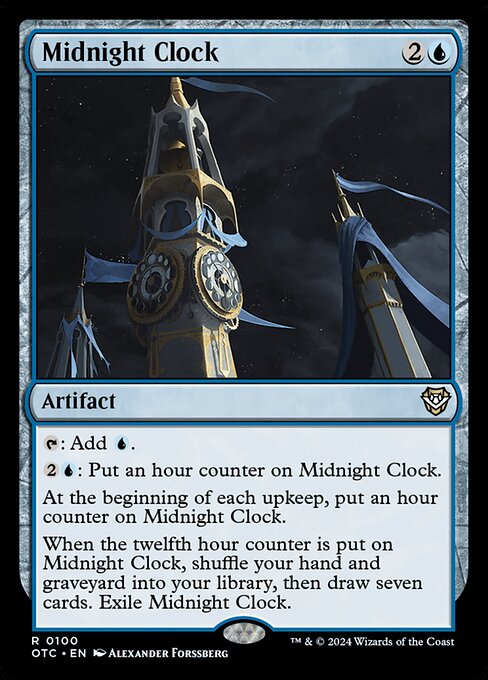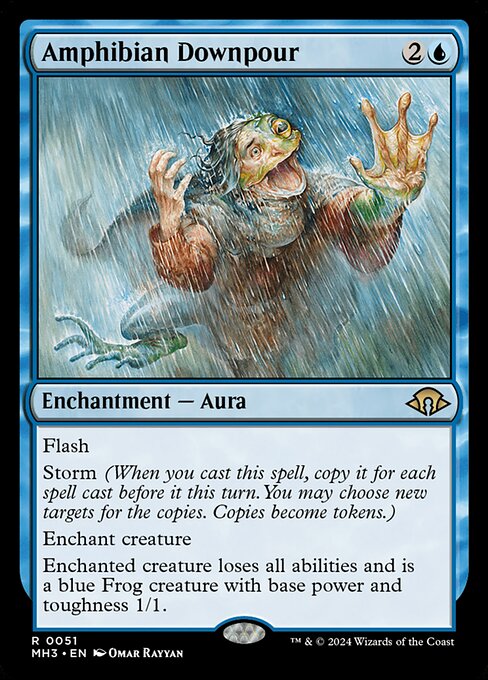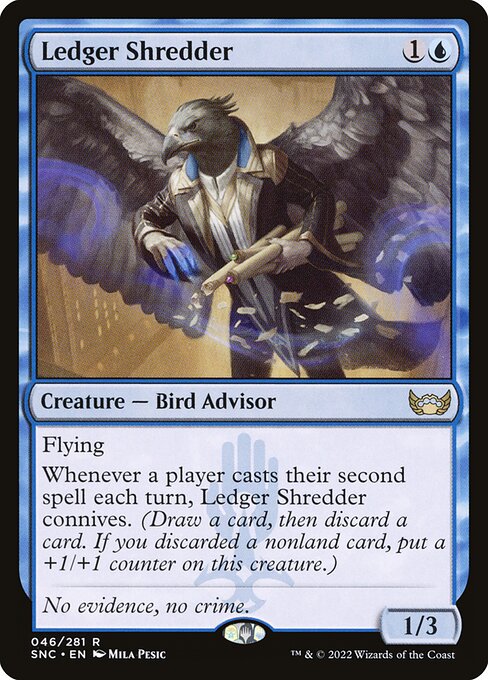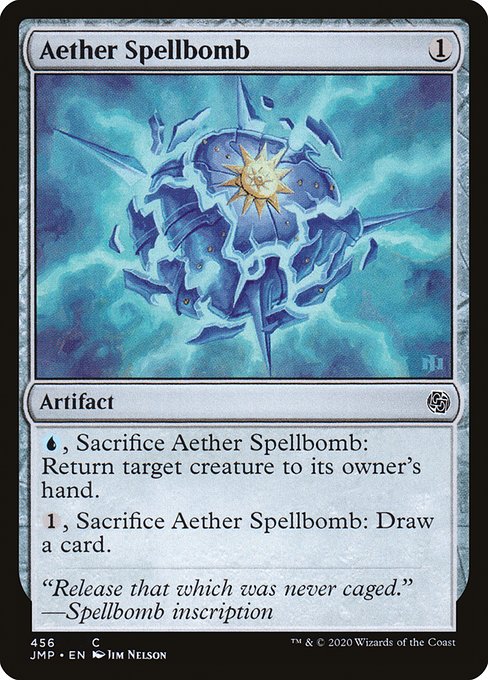Deck & Commander Strategies

Kefka, Court Mage
Control and disruption using Final Fantasy villain-themed cards, leveraging graveyard recursion and hand refresh effects to outlast opponents and win through incremental advantage.

The Wandering Minstrel
Ramp and landfall synergy, using heavy land drops and fetch lands to generate massive mana and value, aiming to win through overwhelming board presence and land-based effects.

Tidus, Blitzball Star
Artifact and clue generation to grow the commander and tap down opponents’ creatures, using incremental card advantage and tempo to control the game and attack consistently.

Gogo, Master of Mimicry
Utilize activated abilities and triggered effects, blink creatures with Soul Herder to generate clues and value, and adapt playstyle by copying opponent strategies to maintain board presence.
Gameplay Insights
- 1
Players made effective use of early mana acceleration artifacts like Soul Ring to enable faster deployment of commanders and impactful spells.
- 2
The interaction of clue generation and artifact synergies with Tidus allowed for continuous growth of his commander and board control through tap effects.
- 3
Gogo’s use of Soul Herder to blink creatures maximized value by repeatedly triggering enter-the-battlefield effects and creating clues for card draw.
- 4
The Wandering Minstrel’s multiple fetch land activations and use of Scepter of Eternal Glory enabled explosive mana generation, powering up big plays and mass landfall triggers.
- 5
Kefka’s use of Midnight Clock to reset hand and graveyard created a powerful late-game refresh, allowing him to recover resources and maintain pressure.
- 6
Removal spells and combat tricks like Amphibian Downpour and Aether Spellbomb were key to disrupting opponents’ strategies and preventing lethal attacks.
Notable Cards
-

Curse of Opulence
-

Midnight Clock
-

Talisman of Dominance
-

Amphibian Downpour
-

Ledger Shredder
-

Aether Spellbomb
Gameplay Summary
The game began with each player establishing their board states and early game resources.
Kefka, Court Mage set the tone with villain-themed cards aiming to disrupt opponents and gain control.
Tidus, Blitzball Star focused on generating clues and using artifact synergies to grow his commander and control the board.
Gogo, Master of Mimicry aimed to abuse activated abilities and triggers, creating a flexible and adaptive gameplay style.
The Wandering Minstrel used a heavy land strategy, leveraging landfall and ramp effects to dominate the late game. A key turning point came when players started deploying their commanders and significant artifacts, such as Soul Ring and Curse of Opulence, which accelerated mana production and card advantage.
Tidus's commander grew steadily as artifact and land plays triggered multiple counters, while Gogo used Soul Herder to blink creatures and generate clues.
Kefka shuffled his hand and graveyard back into his library at 12 hour counters on Midnight Clock, refreshing his resources for a late-game push.
The Wandering Minstrel's use of multiple fetch lands and a Scepter of Eternal Glory enabled explosive mana generation, allowing for powerful spells and mass landfall triggers. The game featured substantial interaction, including bouncing creatures, flying attacks, and removal spells like Amphibian Downpour and Aether Spellbomb.
Players also leveraged card draw and discard mechanics to maintain pressure and board presence.
The win condition appeared to revolve around either overwhelming opponents with rapidly growing commanders and artifacts, or through aggressive landfall and land-based damage.
The game’s complex state and multiple synergies made for a dynamic and strategic clash of Final Fantasy-themed decks.


































